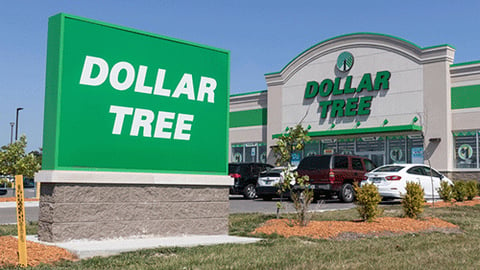-
- 4/25/2025
How immersive technology can make stores more personalized
On the surface, the idea of personalizing a traditional brick-and-mortar shopping experience by integrating immersive solutions may seem counter-intuitive. - 4/18/2025
Three retailers extending their value with tech partnerships
A collaboration between a retailer and a technology platform can produce substantial benefits for both.
- 4/25/2025
-
- 4/24/2025
‘Doom Spending’ — navigating the growing uncertainty of today’s retail landscape
Tariffs. Inflation. Recession. Less than six months into 2025, these troubling terms have regrettably become all too familiar to the average American consumer. - 4/22/2025
Implications of ‘Chapter 22’ bankruptcy filings
After emerging from a court-supervised Chapter 11 restructuring, there is no guarantee that a company will not return to the bankruptcy court seeking further Chapter 11 protection.
- 4/24/2025





















